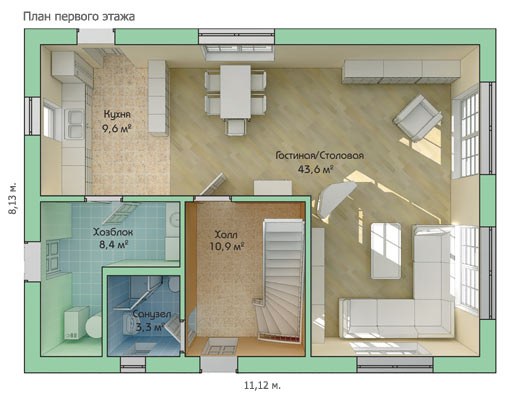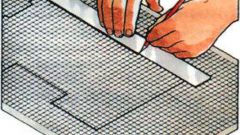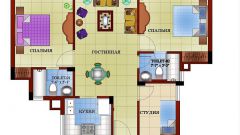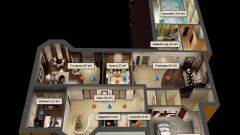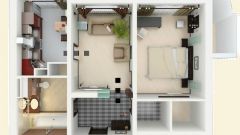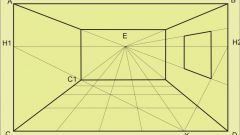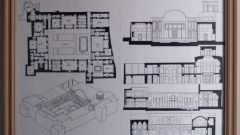You will need
- - tape measure or laser rangefinder;
- - a sheet of paper, drawing paper, graph paper;
- pencil, pen;
- - eraser;
- - the range;
- a pair of compasses;
- - gon.
Instruction
1
First take an ordinary sheet of paper and draw a draft plan. Schematically indicate all rooms, utility spaces and corridors between them. If you need a floor planfor each floor, take a separate sheet of paper.
2
With a tape measure or a laser rangefinder go around all of the room and measure all the distances: the length and width of rooms, the size of recesses and protrusions, the location of Windows and doors. In addition, if necessary, check the height of ceilings, finishes, orientation of Windows, architectural details, thick walls, etc. Each measured distance mark on the draft planE.
3
If the room is not all the corners are straight and have sharp or blunt angles and rounded design, proceed as follows: divide a complex structure into a few simple. For example, if you make a drawing of the room with a semicircular Bay window, divide it into a rectangle and a semicircle, then measure the maximum distance between the points on the circle (diameter). Dividing it into two, you get the radius. In the drawing, find the center of the imaginary circle and with a compass draw a circle around the edge.
4
Take a sheet of drawing paper or graph paper and start drawing a plan of the premises in finished condition. Use a pencil or a failed line erase with an eraser. Note the scale, the most convenient at the same time – 1:50, in this case, it is easier to count distances.
5
Start with the most extreme corner of the room, beyond which there is certainly no objects. Draw it in the form of a rectangle and, proceeding from it, draw the outlines of all rooms and corridors. Watch for proportions and angles.
6
Mark on the plan, e all Windows, doors (including side opening), niches, ledges, balconies, staircases, etc. Shade the outline of the walls, leaving doors and Windows are not shaded.
